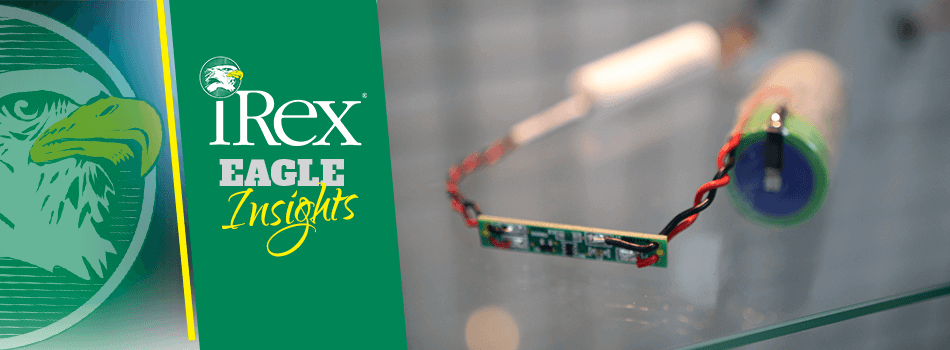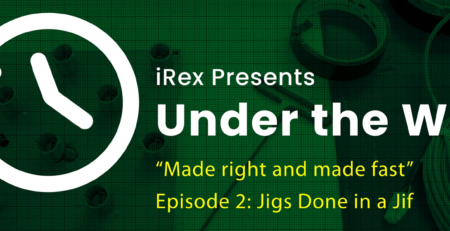Eagle Insights: The Next Day Solution
Amit Pal2023-08-09T17:02:27+00:00In this Eagle Insight, we take a look at a case study featuring a manufacturing company with a challenge involving battery overcharging seeking a time and cost-efficient cabling solution.
OVERVIEW: A global fuel dispenser manufacturer for retail and fleet applications was having a problem with batteries overcharging in the field. The batteries were overcharging in a way that some could possibly rupture from an overabundance of energy. Due to the potential danger this posed, the company was very anxious to resolve this issue quickly and approached iRex for a solution. They handed our team a circuit board and asked us to find a way to install it while keeping it fully protected. Charged with this task, our team was able to provide them with a prototype the very next day – making sure this circuit board was in line with the battery in order to prevent any charge from going upstream and overcharging the battery, which could cause a potentially dangerous situation.
PROCESS: At first, the company was thinking of utilizing PVC overmold – where you apply PVC around a circuit board twice. To shoot this PCB with a full shot of hot pressurized PVC would blow the components right off the board as this harsh process exerts a tremendous amount of heat and pressure. As a result, you would have to pre-shoot it with something that will not only hold the components in place, but also protect the components thermally before creating an overmold. This process produces not one but two harden dyes and results in an extremely expensive injection molding project. Combining that knowledge with our experience in encapsulating circuit boards on cables, we presented a different solution.
In the past, iRex had worked with a forklift manufacturer that had a similar situation where they needed a cable to have a circuit board in line with the connector. Their thought was again to use PVC overmolding, but we presented them with a solution that involved a PVC, two-part epoxy that is very rugged in order to help protect the circuit board. That experience allowed us to produce something very similar for these batteries
RESULT: Since the board is much smaller in this application, our team had to modify a few steps but ultimately it was the same process. PVC was utilized as the holder of the material before one end was closed with hot glue and the open end was filled with material. We then produced a prototype, tested the board to make sure the battery was not overcharging and provided it to the customer for final approval. With this manufacturer having a lot of pumps in the field that needed to be changed immediately, iRex was able to provide a solution of great quality that drove down both cost and time to keep their business running effectively.
To see how iRex can help with your next cabling challenge, please feel free to contact our team by clicking here.






